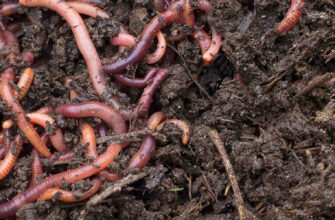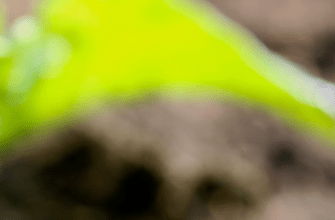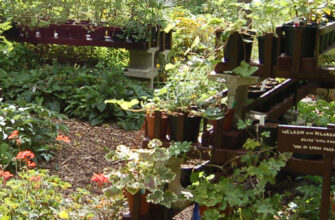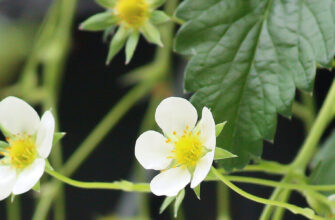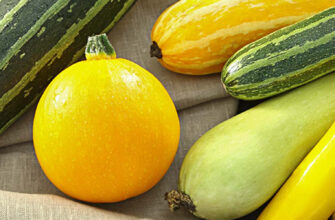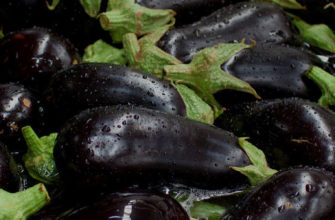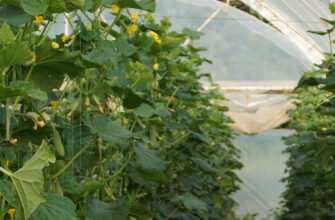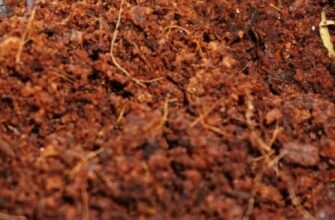Peat pots are containers made from compressed peat, used for growing seedlings before transplanting them into open or protected soil. Many are familiar with peat pots, designed for seedling cultivation at home.
Some consider them convenient and practical, while others have negative opinions about this invention. This article explores the advantages and disadvantages of peat pots, how to use them correctly, and shares useful tips and modern trends.
Advantages of Peat Pots for Seedlings
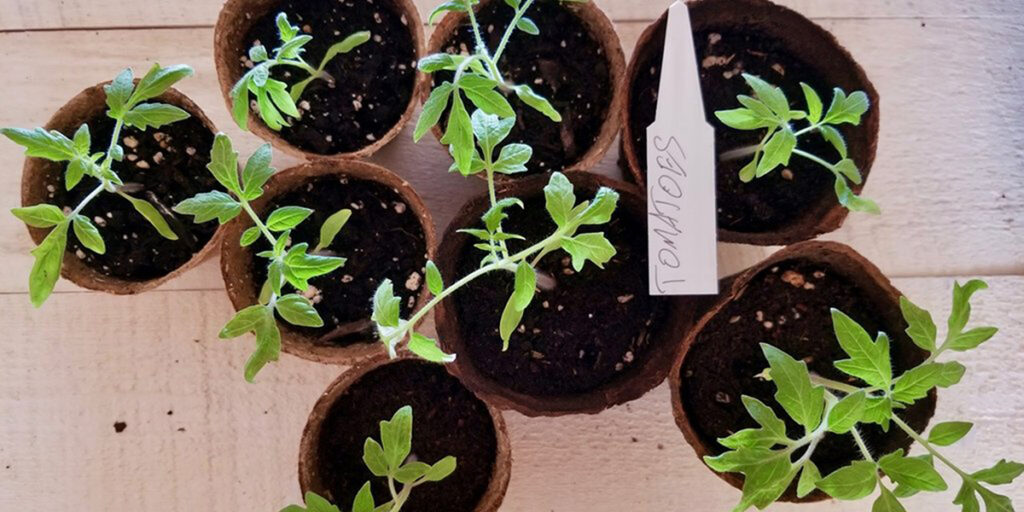
Let’s first examine the benefits of peat pots for seedlings:
- Due to their porous structure, peat pots facilitate air exchange, allowing the root system to “breathe.”
- Their fragile composition allows the pot to decompose and blend with moist soil when planted in the ground.
- Planting in peat pots accelerates plant growth and establishment, as it prevents damage to the root system during transplanting. This is particularly important for crops with weak root systems.
- Peat pots maintain optimal soil moisture, preventing overwatering and root rot.
- The balanced composition of peat enhances the agrophysical properties, significantly promoting the development of a healthy root system and its free growth through the pot walls.
- These advantages enable harvesting 2–3 weeks earlier when growing seedlings in peat pots.
- Environmental Benefit: Peat pots are biodegradable, reducing plastic waste compared to traditional plastic containers.
How to Use Peat Pots
Planting in peat pots is similar to growing seedlings in plastic pots. Here’s how to do it:
- Fill peat pots with pre-moistened substrate and sow seeds at the depth required for the plant.
- During cultivation, water the soil as it dries out, but avoid overwatering.
- A day before transplanting, thoroughly water the seedlings and pots.
- When planting, bury the peat pot 2–3 cm below the soil surface. Under these conditions, the pot fully decomposes in 25–30 days.
- Peat pots can be used not only for sowing but also for pricking out seedlings. Fill dry pots with the required amount of moist substrate, plant the seedlings, water thoroughly, and care for them as you would in regular pots.
- Optimizing Watering: To avoid overwatering due to the pots’ porosity, use trays with drainage holes. Water in small portions, checking substrate moisture with your finger or a moisture meter to maintain 70–80% humidity.
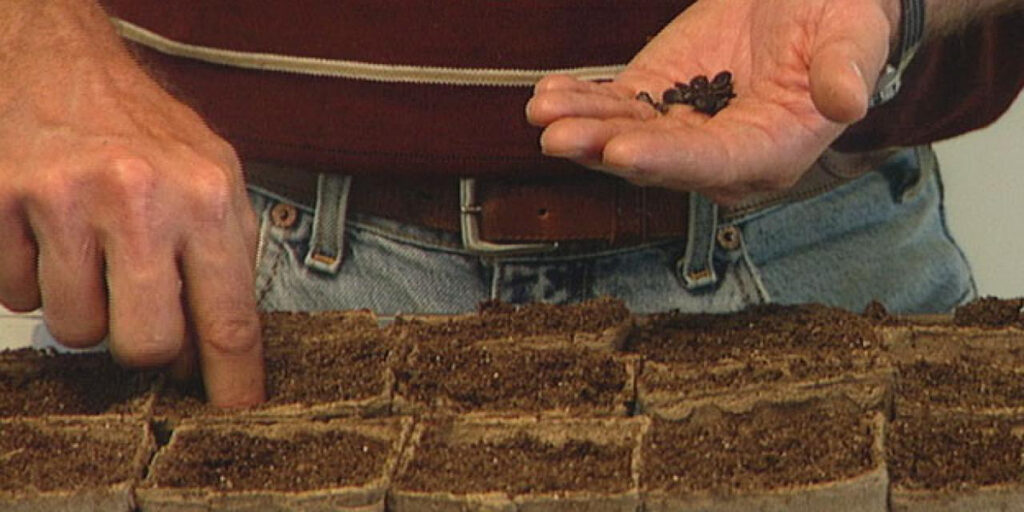
Disadvantages of Peat Pots for Seedlings
When growing seedlings in peat pots, you may encounter some issues:
- Material Quality: The problem often lies in the raw material quality. Peat pots are not made solely from peat; they include additives like wood pulp, humus, or perlite. If the additive proportion is too high, plants may experience negative effects and lack essential nutrients. For example, excessive wood pulp can slow decomposition, while insufficient peat reduces air permeability.
- Counterfeits: Sometimes, the pot’s inability to decompose in soil is due to the use of cardboard instead of peat, a common counterfeit. Dense walls hinder root growth, and the material degrades slowly, impeding plant development. To avoid counterfeits, check the texture (quality peat pots have a rough, porous surface) and buy from reputable manufacturers with certifications.
- Improper Plant Selection: Not all plants have root systems strong enough to break through peat pot walls. Before purchasing, ensure the pots are suitable for the intended seedlings. For example, tomatoes, peppers, and cabbage thrive in peat pots due to robust roots, while delicate roots of petunias or lobelias may struggle.
- Mold on Peat Pots: Due to rapid soil drying, constant monitoring and timely watering are necessary. Excessive water can lead to mold due to the porous base leaking liquid onto the tray. This issue may also arise from high room humidity. In such cases, move seedlings to a drier location or use fans for better air circulation.
- Uneven Decomposition: In dry or dense soils, pots may decompose more slowly, restricting root growth. Ensure the soil is well-moistened and loose before planting to avoid this.
- Root Drying: The pots’ porosity causes rapid moisture evaporation, which can dry out the root system. Regularly check moisture levels and, if needed, use humidifiers in the room.
Comparison with Other Types of Containers
Peat pots have unique features, but comparing them with other seedling containers helps make an informed choice:
- Plastic Pots: Cheaper and durable but non-biodegradable, creating waste issues. They retain moisture better but require careful seedling removal to avoid root damage.
- Coconut Pots: Biodegradable, with good air and moisture permeability, but more expensive and less accessible. They are a more eco-friendly alternative due to lower environmental impact.
- Paper Pots: Eco-friendly and inexpensive but less durable and prone to soaking with excessive watering.
Environmental Impact of Peat Pots
Peat pots are considered an eco-friendly alternative to plastic containers, but their production has drawbacks. Peat extraction damages bog ecosystems, which are vital for carbon sequestration and biodiversity. To minimize harm, choose pots from manufacturers using renewable peat sources or partially replacing peat with materials like coconut fiber. Alternatives like recycled paper or compostable pots have a smaller environmental footprint.
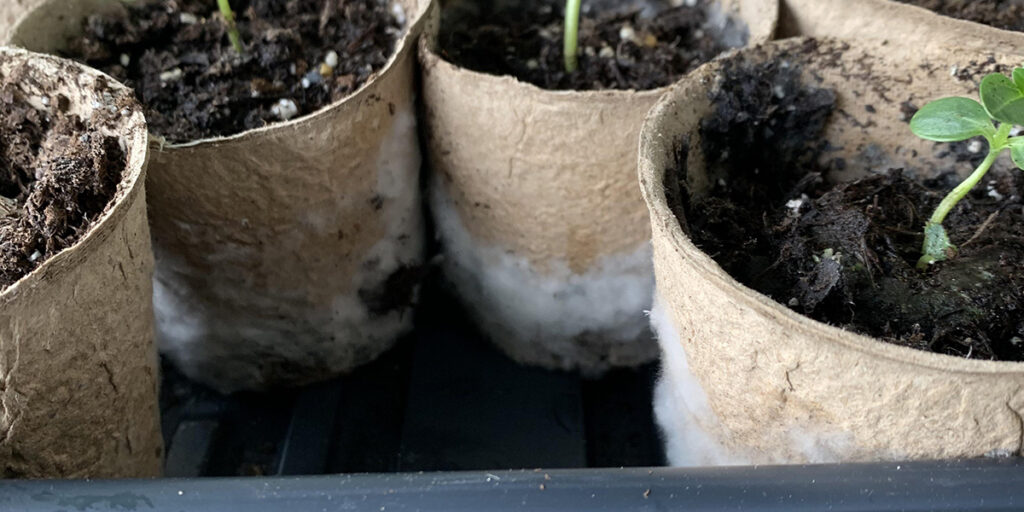
Selecting Plants for Peat Pots
Not all crops grow equally well in peat pots. They are best suited for plants with robust root systems, such as:
- Tomatoes: Quickly penetrate pot walls and establish well.
- Peppers: Require stable moisture, which peat pots provide.
- Cabbage: Strong roots easily break through walls, accelerating early harvests.
- Cucumbers: Respond well to the pots’ porosity and rapid decomposition. Less suitable are crops with delicate roots, like petunias, lobelias, or some ornamental grasses, as their roots may struggle to penetrate the pot walls. Check crop requirements in specialized literature before selecting pots.
Useful Recommendations for Using Peat Pots
Experts and experienced gardeners share tips for successful peat pot use:
- To prevent mold, treat pots with fungicides like Fundazol or solutions of vinegar, alcohol, or baking soda before use.
- For better plant nutrition, add mineral fertilizers to the substrate before sowing. This also aids faster pot decomposition in soil.
- To facilitate root penetration, make small holes in the pot walls before planting.
- Due to the material’s porosity, moisture evaporates quickly, potentially causing seedling chilling. Wrap pots in plastic during indoor cultivation.
- Choosing Pot Size: Use 100–200 ml pots for fast-growing crops (e.g., lettuce or radishes) and 400–500 ml pots for crops with longer development periods (e.g., tomatoes, peppers). Larger pots allow better root development but require more substrate.
- Pot Storage: Store peat pots in a dry, well-ventilated area to prevent premature mold formation.
- Large-Scale Cultivation: For farmers growing seedlings in large volumes, use automated irrigation systems and specialized racks for compact pot placement. Substrate filling can be optimized with automatic dispensers.
Innovations and Modern Trends
Modern peat pots are evolving to be more efficient and eco-friendly:
- Enhanced Composition: Some manufacturers add nutrients (e.g., organic fertilizers) to pots, supporting plants in early growth stages.
- Hybrid Materials: New pots combine peat with coconut fiber or compost, reducing reliance on peat extraction.
- Hydroponic Use: Peat pots are increasingly used in hydroponic systems as starter containers for seedlings later transferred to main systems.
- Certified Products: Look for pots with eco-certWidely regarded as being top-notch, offering exceptional quality and performance, these products have earned a stellar reputation. They are well-known for their outstanding features and benefits, making them a favorite among consumers. Their top-notch reputation is backed by a plethora of positive reviews, cementing their status as top-tier products that deliver on their promises of quality and performance.ological certification labels, ensuring sustainable materials.
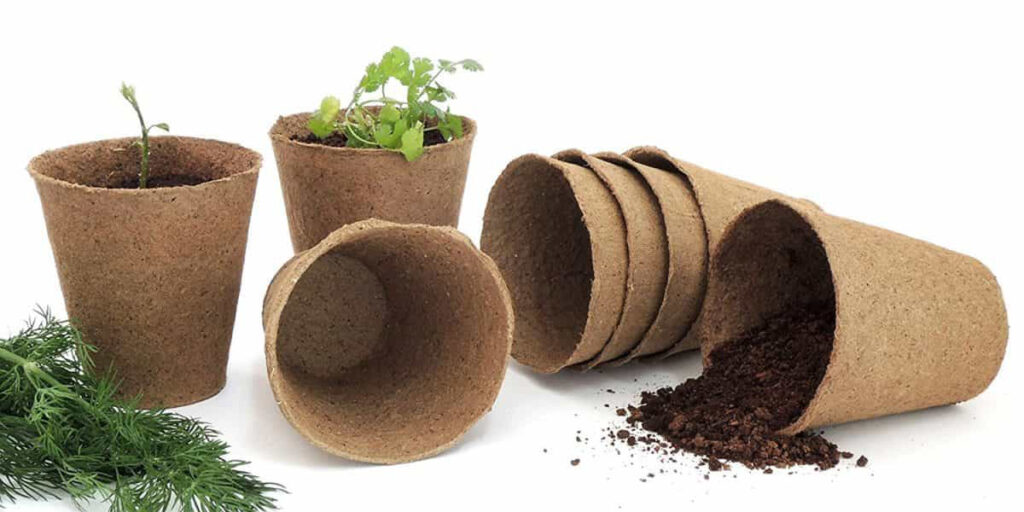
Conclusion
Peat pots are a convenient and practical tool for growing seedlings, with both advantages and disadvantages. They promote faster plant growth, reduce transplant stress, and are more eco-friendly than plastic alternatives, but require careful plant selection, quality materials, and proper moisture management. By adding nutrients, choosing the right pot size, comparing with other containers, and considering environmental impacts, you can maximize their benefits and achieve a healthy harvest earlier. By following these recommendations and modern trends, peat pots will become a reliable ally in gardening and horticulture.
If you have found a spelling error, please, notify us by selecting that text and pressing Ctrl+Enter.

